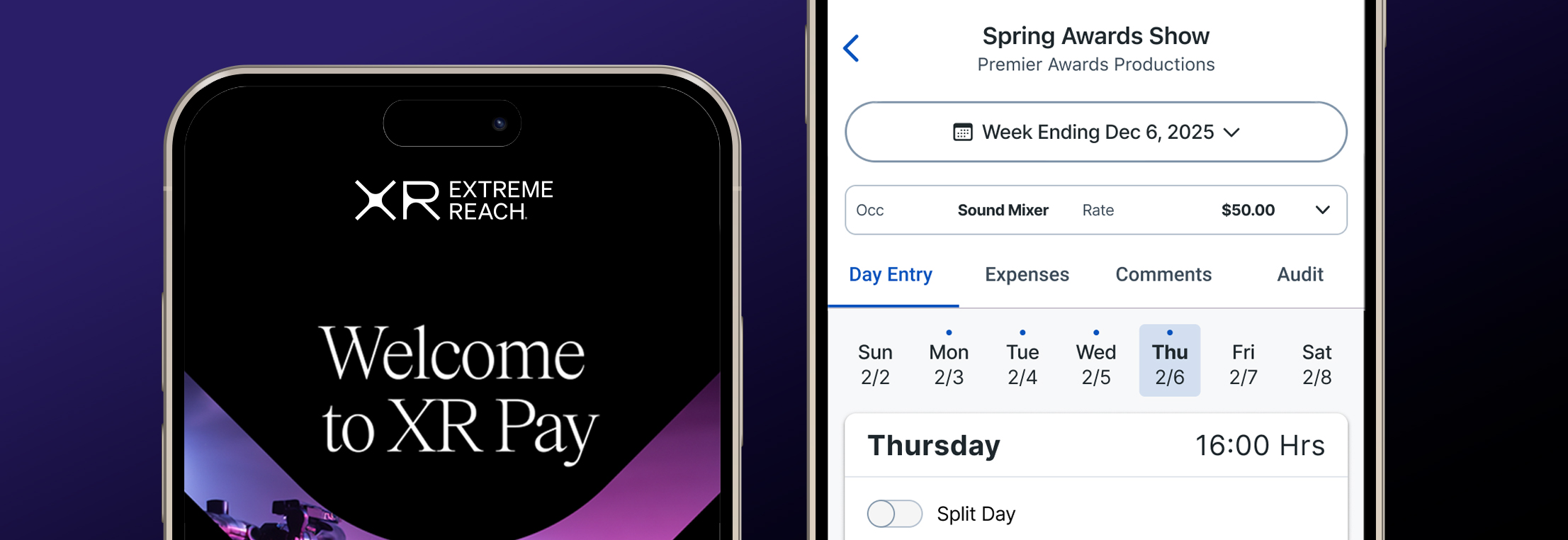2024 Super Bowl ads skew more male and more youthful
We analyzed this years’ in-game advertising for trends in age and diversity compared to overall advertising benchmarks
The Super Bowl stands as the pinnacle of advertising as brands vie for consumer attention and viral opportunities during the most-watched TV event of the year. For more than a decade, XR continues to play a critical role in the Big Game. Teams across the company responsible for Talent & Rights, Clearance, Quality Control, Traffic, and Delivery help bring 82% of Super Bowl ads across the goal line to ensure the creative seen by millions, airs perfectly.

XR’s use of AI and machine learning allow us to provide benchmarks that marketers can measure against in order to understand how their own creative assets compare to the rest of the industry and their own DE&I goals.
Here’s how this year’s 47 in-game ads stack up to TV and video ads as a whole, and compare to the population [note, analysis applies only to in-game commercial spots XR delivered]:
Gender Expression – People with a masculine gender expression are featured more
In the past we’ve found that Super Bowl ads have featured more female cast members than the industry as a whole. However, that number has never been close to reflecting the actual population and the same holds true this year. What might be interesting to mention is the increase of women-centric brands this year due to the “Taylor Effect”. In recent months, there has been a sudden surge of female viewers due to Taylor Swift’s relationship with KC Chiefs tight end, Travis Kelce. Recent reports show approximate viewership of NFL games have increased by more than 2 million female viewers. With more women watching, advertisers have stepped up to target the female demographic.
Note - We’ve changed our methodology from analyzing Male/Female to Gender Expression, as someone’s gender is an internally held identity dimension. Category options include feminine, masculine, and gender nonconforming. The data reflects how XR views someone expresses their gender.
Here’s what we saw this year:

Age – As usual, ad creative features more young adults, with over 86% under 40 years old
Despite content that caters to older generations, advertisers continue to feature more youthful people in their ads, with the majority of talent falling into the 20-39 age range, doubling the percent of the actual US population. However in-game ads do a much better job representing adults 40+ with over 33%, compared to less than 14% depicted in TV and video ads across the industry.

Skin Tone – Lighter skin tones dominate the screen, even amid DE&I improvements
In recent years we’ve seen Super Bowl ads feature more people of color compared to the industry average. This year XR is using the Monk Skin Tone Scale as it is a more inclusive 10-tone scale explicitly designed to represent a broader range of communities. We found that people with lighter skin tones represented nearly 60% of all featured talent, double those that fell into the Medium skin tone scale.

Accessibility – Closed Captioning for the win
All in-game ads included Closed Captioning, which is great to see since only 33% of TV and video ads typically include captions. This opens up a big opportunity, as Marketers who don’t take accessibility into account are missing out on millions of consumers. In fact, 11 million people in the US alone are hard of hearing or functionally deaf. On the biggest (and most expensive) advertising day of the year, it’s critical to maximize reach.
This analysis is just one example of the creative intelligence made possible by our end-to-end technology platform. Reach out to learn how XR enables clients to gain rich insights across all aspects of omnichannel campaigns so teams can make smarter decisions and deliver increased creative ROI,



.jpg)
